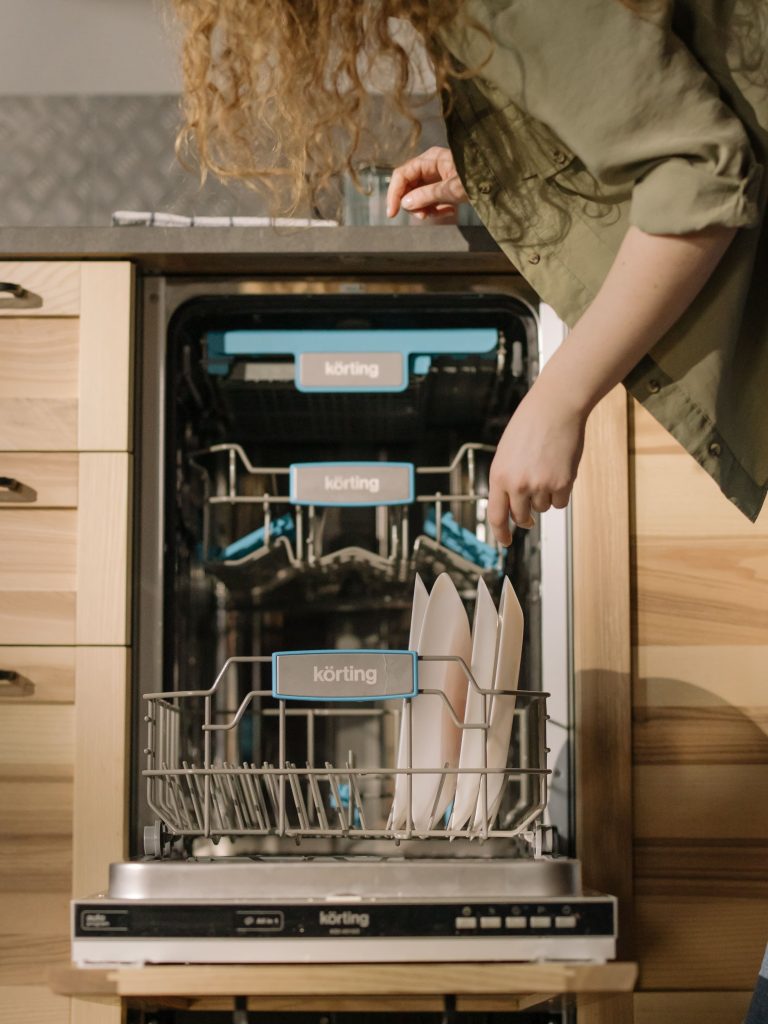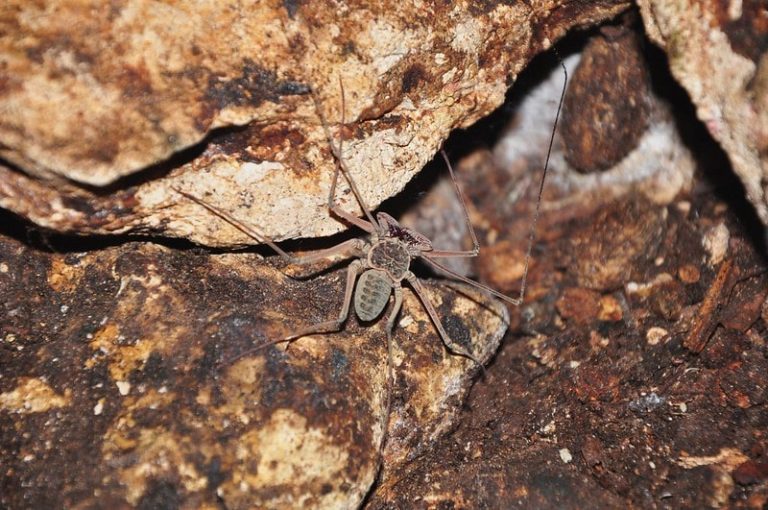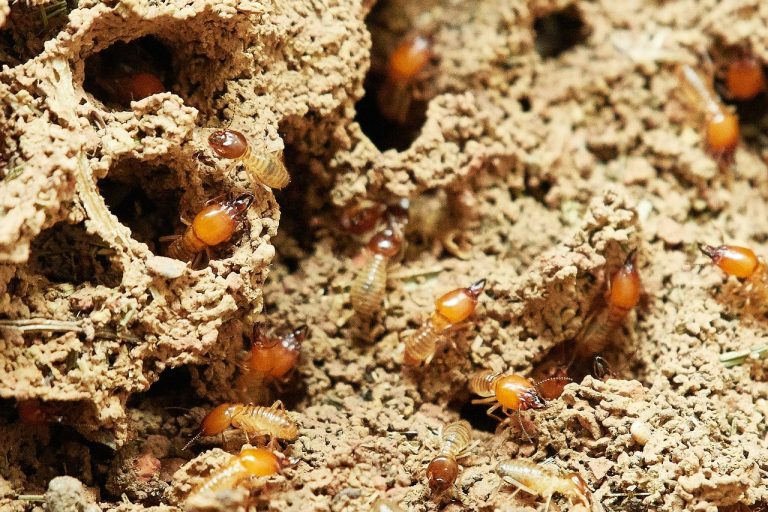How Long Does Mold Remediation Take?
When mold begins to grow in your home, the spores can make their way into your air supply, and eventually, into your lungs. While it is virtually impossible not to have some mold spores floating around your home, a dangerous amount of mold growth can lead to serious problems for your health. For instance, Stachybotrys chartarum, more commonly known as the toxic “black mold,” can cause coughing and sneezing, irritation of the eyes, nose, and throat, rashes, chronic fatigue, persistent headaches and nausea, and even joint pain.
If you have found mold growing in your home, make sure to call a professional for an inspection right away. From there, if mold is detected, you will need to clear your home, so the mold remediation professional you have hired can have access to the affected area. Mold typically grows in dank, dark, humid places, which is why it is particularly common in basements and bathrooms.
What is a mold remediation?
Mold remediation is typically the removal, cleaning, and disinfecting of mold-contaminated areas such as inside a home. The remediation process entails the use of specialized equipment and methods to ensure complete removal while preventing new growth of mold.
What can you expect during mold remediation?
While every mold-damaged situation varies and demands a unique solution, the mold remediation process remains the same.
- Repair the water plumbing system. This will help prevent the growth of new mold spores.
- Isolation of mold containment area. This entails sealing off the contaminated area from the other parts of the house. This is done by closing all windows and doors. Other openings are sealed using six mil polyethylene sheeting. The sheeting seams are then sealed using duct tapes.
- Control airborne spores. This is done by misting the contaminated spots.
- Vacuuming of moldy surfaces. While vacuuming, the wet/dry vacuum is kept outside.
- Cleaning and Removal of moldy materials. All wet and mold-contaminated material is discarded in plastic bags to lower the risk of mold spores getting dispersed into the air. Proper cleaning of all non-porous materials is done.
- Spraying and scrubbing of unmovable structure elements. The professionals will then scrub all mold-contaminated surfaces with a damp cloth soaked in a detergent solution. This will help ensure all mold is completely removed.
- Disinfecting and encapsulating surfaces. The cleaned areas are then disinfected using the appropriate products and deodorizing agents to remove and kill any mold left.
- Drying wet materials. All the cleaned materials are then allowed to dry to ensure no moisture is leftover. Some expert mold removal companies will speed up the process using dehumidifiers, fans, or by increasing the indoor air temperature.
- Replace and rebuild. All damaged materials previously removed are then repaired or replaced.
How long will mold remediation take?
How long it will take to perform the entire mold remediation process varies depending on various factors. Some of them include the amount of mold present; the part of the house mold is growing, and the type of material with mold contamination. However, the process can take between one to five days.
How to know when professional mold removal is complete?
There are two ways to know when mold is removed –
(1) Visual: You might see that all molds are gone is away, but hidden mold colonies and mold spores can linger in hidden places and in the air. So visual inspection is not the best way to ensure complete removal.
(2) Third-party testing: This is usually the best way to test for complete mold removal verification. Your mold removal company should not test as this is a conflict of interest and State Of Maryland residents are aware that there is a law that states that a mold removal company must have certain certifications and cannot test at the same time as the remediation. Please also beware that there are different kinds of testers ranging from home inspectors to industrial hygienists. Please ask your independent tester if their tests, in writing, will stand up in court.
Remember that you need to have a pre-testing procedure (mold spore tests, etc.), protocols (a list of how to remove the mold), and a clearance test after the mold removal to ensure that the mold spore count is at acceptable levels.
How does mold grow?
Mold requires nutrients, water, oxygen, and favorable temperatures to grow. Nutrients for mold are present in dead organic material such as wood, paper, or fabrics; mold can also derive nutrients from some synthetic products such as paints and adhesives. Mold requires moisture, although some mold species can obtain that moisture from moist air when the relative humidity is above 70 percent.
Many molds thrive at normal indoor temperatures; few if any molds are able to grow below 40 F or above 100 F. Outside this range molds may remain dormant or inactive; they may begin to grow again when the temperature is more favorable. Temperatures well above 100 F will kill mold and mold spores, but the exact temperature required to kill specific species is not well established.
What makes mold grow?
Mold enters your home as tiny spores. The spores need moisture to begin growing, digesting and destroying. Molds can grow on almost any surface, including;
- Wood
- Ceiling tiles
- Wallpaper
- Paints
- Carpet
- Sheet rock
- Insulation
The mold grows best when there is lots of moisture from a leaky roof, high humidity, or flood. There is no way to get rid of all molds and mold spores from your home. But you can control mold growth by keeping your home dry.
Do you need to hire a mold remediation expert to remove mold?
Anyone can remove mold from a home or a business as long as they understand that when you disturb mold (clean it, cut it out, etc.), you will distribute the mold spores throughout the house, creating new mold issues.
The only way to correctly remove the mold is to build correctly a containment using negative pressure and using the correct personal protective equipment. You will also need to follow the IICRC S-520 Standard and Reference Guide for Professional Mold Remediation, and hire an industrial hygienist to make sure that the mold is removed.







